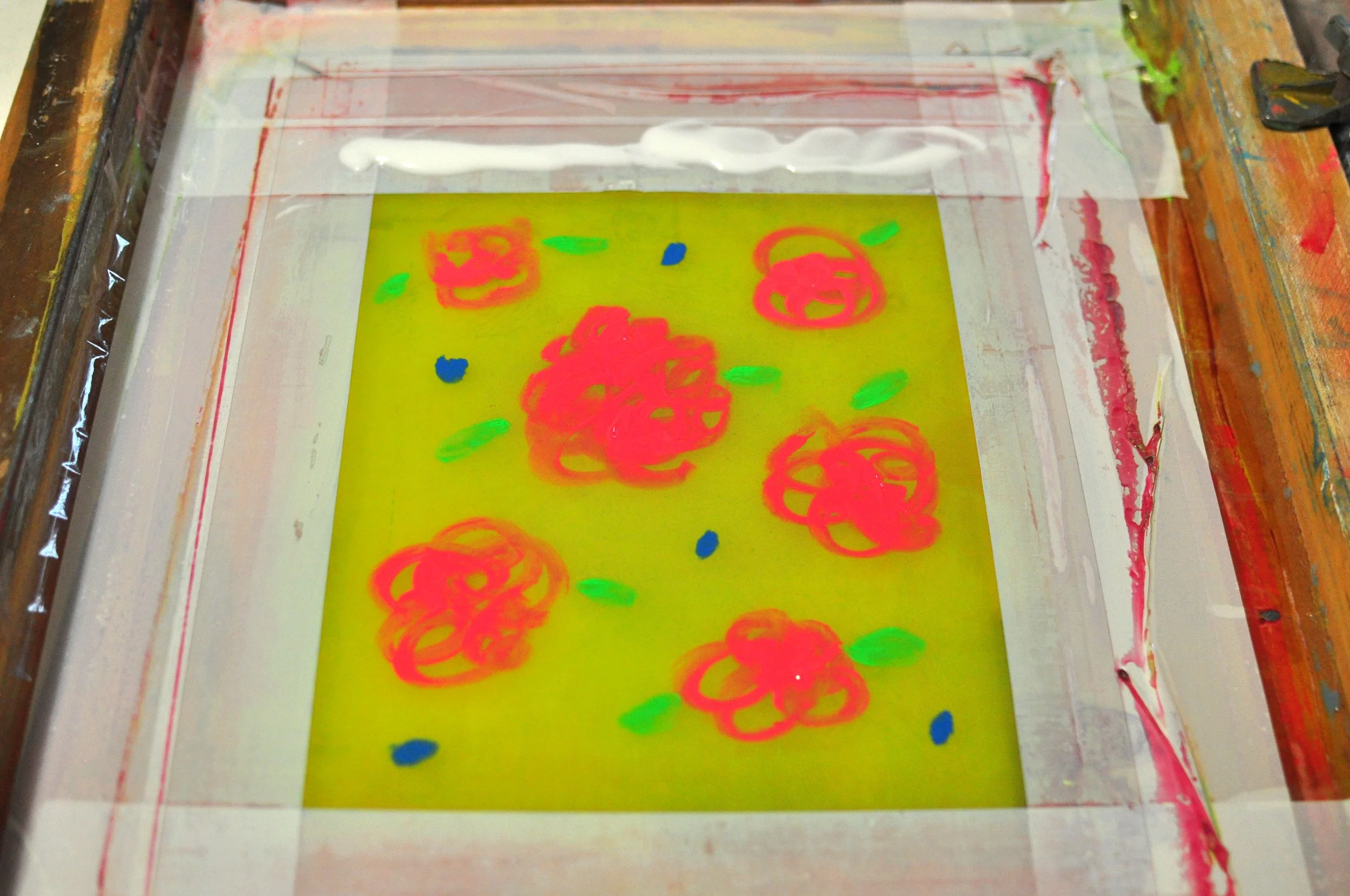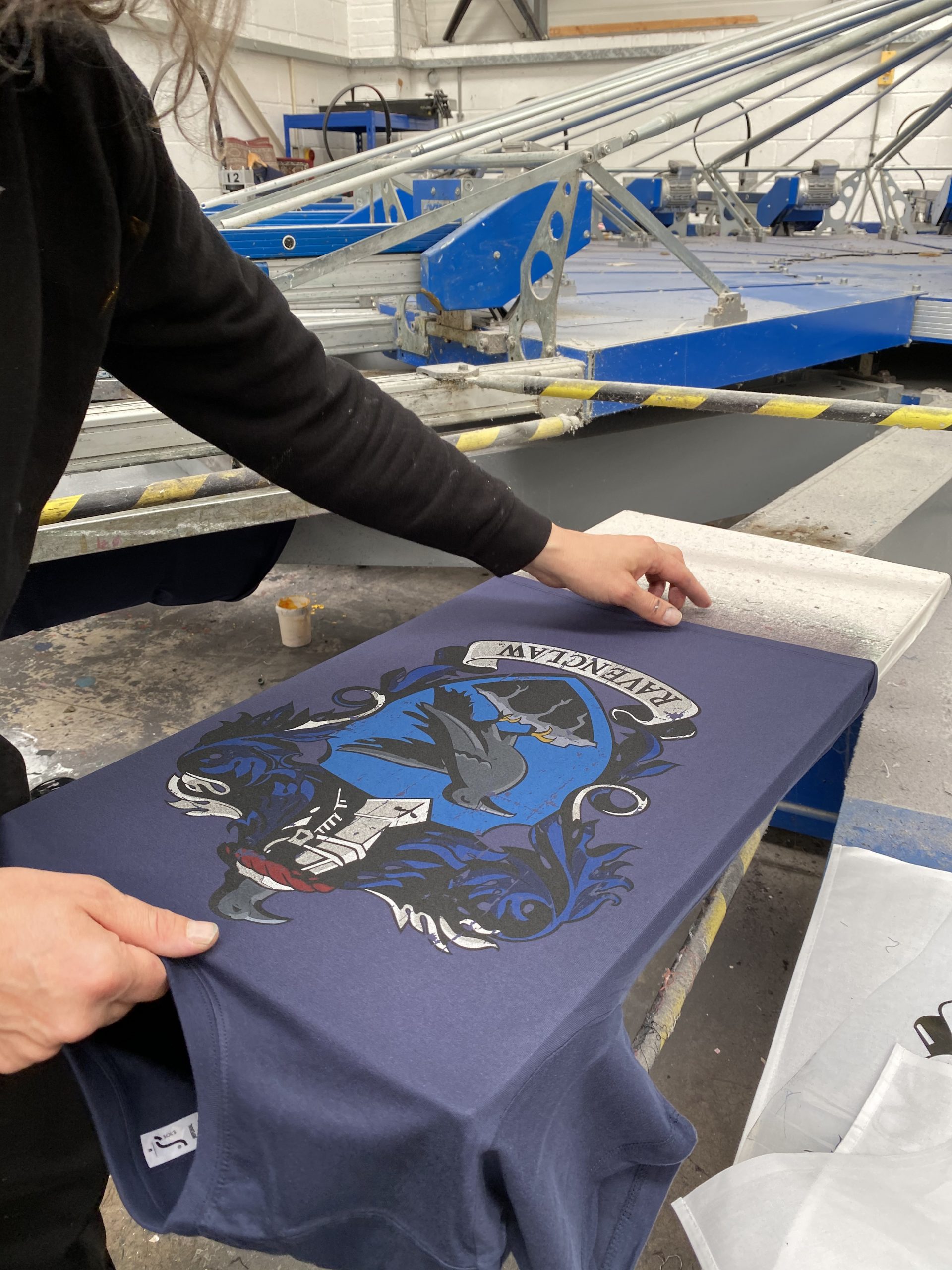The Important Overview to Comprehending Screen Printing and Its Versatile Makes use of
Screen printing has an abundant history that goes back to old times, developing into an innovative method made use of throughout various industries today. This overview checks out the details of the screen printing procedure, detailing its applications in home, fashion, and advertising and marketing decoration - 10:9 Design Texas. Recognizing these basics can open up innovative potential for both business and artistic tasks. The adhering to areas will certainly disclose crucial suggestions and strategies to enhance one's screen printing ventures
The Background of Screen Printing
Screen printing has origins that map back centuries, its evolution reflects the technical and imaginative advancements of numerous societies. Coming from ancient China, the method was originally used for enhancing fabrics and later spread to Japan, where it ended up being important to Ukiyo-e woodblock printing. The approach shifted to Europe in the 18th century, where it acquired appeal among craftsmens and business printers. The innovation of image emulsion in the 20th century transformed screen printing, enabling more complex designs and greater efficiency. Artists like Andy Warhol additionally drove its appeal, making use of the tool to produce iconic works that combined commercialism and fine art. By the late 20th century, screen printing had actually established itself as a functional method, employed in fashion, advertising, and great art. Today, it remains to evolve, integrating electronic innovation and broadening its applications throughout different industries.
The Screen Printing Refine Explained
Screen printing transforms creative visions into concrete styles via a collection of precise steps. A picture is created and then transferred onto a screen, typically made of fine mesh material stretched over a structure. A light-sensitive emulsion is applied to the screen, which is revealed to light, solidifying in locations not covered by the photo. After washing out the unhardened emulsion, a pattern is developed.
Next off, the screen is put over the substrate, whether it be material, paper, or an additional product. Ink is then pressed through the open areas of the pattern making use of a squeegee, transferring the design onto the substrate below. This procedure can be duplicated for several colors, calling for separate displays for every tone. The printed product is cured making use of heat to ensure the ink adheres correctly, resulting in a sturdy, vivid style all set for use.
Sorts Of Screen Printing Techniques

In addition, specialized methods, such as discharge screen printing, eliminate color from the textile to create softer prints, while aluminum foil screen printing applies metal foil to accomplish a glossy coating (10:9 Design Texas). Each strategy provides distinctive characteristics, accommodating numerous creative needs and manufacturing ranges, inevitably increasing the opportunities within the screen printing domain
Applications of Screen Printing in Numerous Industries

Additionally, the signs and advertising sectors utilize screen printing for producing attractive screens and banners. This approach enables vibrant colors and complex designs that catch focus. In electronic devices, screen printing is utilized for using conductive inks to circuit boards, necessary for component connections. Moreover, the home style market welcomes screen printing to generate distinctive layouts on textiles and wall art. In general, screen printing offers as a critical device across varied fields, enhancing products with individualized and visually enticing graphics.
Tips for Successful Screen Printing Projects
While undertaking a screen printing project, cautious focus to information can significantly improve the final end result. First, picking premium products is necessary; this includes the screen, inks, and substratums. Making use of proper mesh counts can impact ink deposition and information resolution. Prep work is equally important; detailed cleansing of displays and appropriate direct exposure times guarantee crisp prints.
Next off, precise registration is crucial for here multi-color prints. Utilizing alignment devices can assist accomplish accurate layering. Additionally, testing prints on scrap products prior to production helps determine prospective concerns without wasting sources.

Often Asked Concerns
What Products Are Ideal for Screen Printing on Fabric?
Cotton and polyester blends are suitable for screen printing on textile due to their sturdiness and ink absorption. Furthermore, specialized materials like silk or canvas can produce one-of-a-kind appearances and surfaces, boosting the overall design quality.
Exactly how Do I Tidy and Maintain Screen Printing Tools?
To clean and preserve screen printing equipment, one need to routinely clean screens with suitable solvents, check mops for wear, lube moving parts, and shop all things in a completely dry, dust-free setting to prolong their lifespan.
What Are the Environmental Impacts of Screen Printing?
Screen printing can have significant environmental effects, consisting of chemical waste from solvents and inks, water usage throughout cleansing procedures, and energy usage. Sustainable practices and environmentally friendly materials are crucial for minimizing these adverse impacts.
Can Screen Printing Be Done in your home Properly?
Screen printing can be efficiently done at home with the appropriate materials and methods. Hobbyists can create top quality prints, though success depends on their skill degree, tools, and understanding of the procedure included.
What Are the Prices Linked With Beginning a Display Printing Company?

Beginning a screen printing company involves expenses for equipment, materials, and office. First expenditures commonly vary from a couple of hundred to numerous thousand dollars, depending on the range, top quality of equipment, and wanted production capability.
Screen printing has a rich history that dates back to ancient times, developing right into an innovative method utilized across numerous markets today. One more technique, rotating screen printing, employs round displays, assisting in constant printing on textile rolls, therefore improving performance for large-scale manufacturings. Additionally, specialized methods, such as discharge screen printing, get rid of dye from the material to create softer prints, while foil screen printing uses metallic foil to attain a shiny surface. In the style sector, screen printing is commonly made use of to develop lively layouts on apparel, making it possible for brand names to display their special designs. Cotton and polyester blends are perfect for screen printing on fabric due to their toughness and ink absorption.